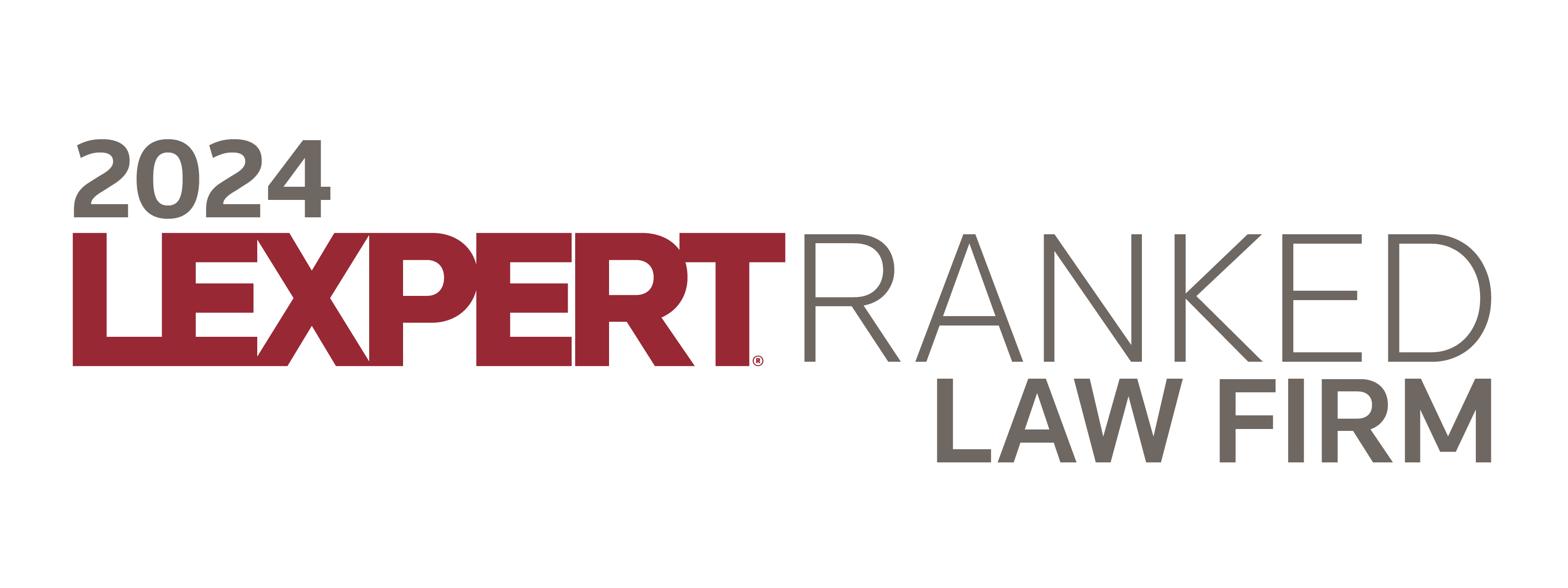On February 11, 2022, the Office of the Superintendent of Financial Institutions (“OSFI“) issued final versions of its revised Guideline B-3 Sound Reinsurance Practices and Procedures (“New Guideline B-3“) and Guideline B-2 Property and Casualty Large Exposures and Investment Concentration (“New Guideline B-2“) (together, New Guideline B-3 and New Guideline B-2 are the “New Guidelines“), marking the completion of Phase II of OSFI’s review of reinsurance practices which began with the publication of its Reinsurance Framework Discussion Paper in 2018 (the “Discussion Paper”).
The New Guidelines will not be effective until January 2025 and the current in-force guideline B-3 that was published in December 2010 (“In-force Guideline B-3”) will remain effective until that time. OSFI plans to hold information sessions in the coming months to help federally regulated insurers (“FRIs“) better understand OSFI’s expectations under the New Guidelines.
The remaining Phase of OSFI’s review of reinsurance contemplates possible changes to the MCT and LICAT capital guidelines, though no firm dates or timing for such changes have been released to date.
NEW GUIDELINE B-3
The “key principles” established under In-force Guideline B-3 which apply to all FRIs are substantially the same as those set out in New Guideline B-3 and the changes are primarily clarifications and amplifications of OSFI’s existing expectations. Having said that, FRIs will still need to begin adjusting current actuarial and compliance processes to meet OSFI’s expectations for stress testing, due diligence and monitoring of reinsurance counterparties under New Guideline B-3.
A summary of the key clarifications and changes in New Guideline B-3 is set out below.
Managing risks through reinsurance versus risks from the use of reinsurance
- Although the first key principle in New Guideline B-3 is the same as in the In-force Guideline B-3, New Guideline B-3 distinguishes between OSFI’s expectations for managing risks through reinsurance and managing the risks arising from the use of The scope of an FRI’s reinsurance risk management policy (“RRMP“) should be expanded to include the risks that arise out of the use of reinsurance itself.
- OSFI expressly acknowledges that reinsurance may be used for purposes not directly linked to mitigation of an FRI’s risks and that OSFI will review reinsurance arrangements based on the risk impact to the FRI.
- Specifically, OSFI clarifies that, where risks insured in Canada are ceded by a foreign FRI back to the foreign FRI’s home office through affiliated reinsurers, OSFI will generally not recognize or grant credit for that foreign FRI’s reinsurance arrangements.
Stress Testing
- Under the first key principle, both In-force Guideline B-3 and New Guideline B-3 state that an assessment of the adequacy and effectiveness of an FRI’s reinsurance arrangements may require stress testing of exceptional but plausible scenarios to determine if reinsurance arrangements adequately mitigate losses in accordance with the FRI’s risk appetite.
- However, New Guideline B-3 provides more clarity and detail concerning OSFI’s expectations for stress testing and assessing reinsurance counterparty risk, as follows:
- stress testing to assess counterparty risk should be considered at an aggregate level (e.g., group of affiliated counterparties);
- counterparty risk should be assessed from the perspective of both going-concern and gone-concern scenarios of its reinsurers;
- the process for assessing counterparty risk should be consistent regardless of whether counterparties are affiliated or non-affiliated;
- the FRI should consider its total exposure to a counterparty as part of its assessment of counterparty risks;
- an FRI should establish appropriate counterparty concentration limits applicable to both individual counterparties and to groups of affiliated counterparties; and
- FRIs must maintain a record of the stress testing performed on its reinsurance program and provide copies to OSFI upon request.
Due Diligence
- Under the second key principle in New Guideline B-3, OSFI’s expectations of an FRI’s due diligence on its reinsurance counterparties are substantially the same as under In-force Guideline B-3, with the added qualification that the level of due diligence should be “sufficient”.
- In addition to the level of due diligence being commensurate with the FRI’s aggregate exposure to a reinsurance counterparty, OSFI has clarified that it now expects the level of due diligence with respect to a reinsurance counterparty should not be any less thorough if the counterparty is an affiliate of the FRI
New expectations for clauses in reinsurance contracts
In-force Guideline B-3 modifies the language of the insolvency clauses set out under the fourth key principle that OSFI expects to see in all reinsurance contracts. OSFI still expects that FRIs ensure all reinsurance contracts contain an insolvency clause which requires the reinsurer to continue to make full payments to the FRI without any reduction resulting solely from the FRI’s insolvency. However, New Guideline B-3 adds that, where the reinsurer is within the same corporate group as the ceding FRI, OSFI expects the reinsurance contract to contain a clause stipulating that “all reinsurance receivables are to be paid directly to the FRI-cedant in Canada, or to a person acting for, or on behalf of, the FRI-cedant in Canada”. The effect is that, where the reinsurer is an affiliate of the ceding FRI, this clause would apply whether or not the FRI-cedant is solvent or insolvent.
NEW GUIDELINE B-2
In the Discussion Paper, OSFI indicated that OSFI’s concerns with the current reinsurance framework were more prominent in the property and casualty (“P&C“) sector and that, as a result of its review of the existing reinsurance framework, there may be important changes to prudential limits and restrictions and capital adequacy for P&C FRIs.
New Guideline B-2, which applies to P&C FRIs on an individual and a consolidated basis, sets out OSFI’s expectations for P&C FRIs with respect to: (i) the losses they could withstand from a single large insurance exposure; (ii) the failure of an individual unregistered insurance counterparty; and (iii) investment concentration. Please see below for a high-level summary of OSFI’s expectations set out in New Guideline B-2.
Gross Underwriting Limit Policy
In addition to having an RRMP that meets OSFI’s expectations set out in New Guideline B-3, P&C FRIs are expected to have a Gross Underwriting Limit Policy (“GUWP“) which should:
- define what constitutes a “Single Insurance Exposure[1]” for each class of insurance;
- establish limits by class of insurance regarding the level of gross insurance risk that the P&C FRI is willing to accept in respect of a maximum loss related to a Single Insurance Exposure; and
- be reviewed by senior management at least once a year.
OSFI expects that the determination of the acceptable maximum loss on a Single Insurance Exposure should be made without regard to the probability of the loss event using approaches that are risk-based and forward-looking, and not solely based on past losses.
In New Guideline B-2, OSFI expects P&C FRIs to consider the following in determining its Single Insurance Exposure for each class of insurance:
| Property | The aggregated insurance exposures on in-force policies at a single location, including any exposures subject to the location. |
| Credit | The aggregated insurance exposures on in-force policies to any one single buyer or group of connected buyers. |
| Surety | The aggregated insurance exposures on in-force bonds to any one single contractor or group of connected contractors. |
| Title | The aggregated insurance exposures on in-force policies related to the legal title for a single location. |
P&C FRIs will also be expected to provide OSFI, at OSFI’s request, with all information with respect to their large Single Insurance Exposures. OSFI may also, at its discretion, advise a P&C FRI to use specific criteria or an approach to determine and measure its maximum loss on a Single Insurance Exposure.
Insurance Exposure Limit
The New Guideline B-2 also sets insurance exposure limits that apply to the direct business written by P&C FRIs and the assumed business from any affiliated company where that affiliated company is a P&C FRI and is a direct writer of that business. A P&C FRI’s Net Retention[2] plus its Largest Net Counterparty Unregistered Reinsurance Exposure[3] should not, at any time, exceed the following limits for a maximum loss on a Single Insurance Exposure:
| Insurance Companies | 1) 100 percent of a P&C FRI’s Total Capital Available[4] where any entity in the P&C FRI’s control chain is:
a) a widely held company; and/or b) a regulated financial institution; or 2) 25 percent of Total Capital Available otherwise.
|
| Foreign Branches | 100% of Net Assets Available[5]. |
OSFI expects that the Largest Net Counterparty Unregistered Reinsurance Exposure to a given counterparty, or group of affiliated counterparties, should be measured on a gross and a net basis (i.e., both before and after the recognition of any eligible counterparty risk mitigation (CRM) technique, including by means of the use of excess collateral or letters of credit[6]).
Investment Concentration
New Guideline B-2 provides that a P&C FRIs investment in any one entity or group of affiliated companies should not exceed the following limit:
| Insurance Companies | 5% of the company’s assets |
| Foreign Branches | 5% of the company’s assets in Canada |
For Foreign Branches, “assets in Canada” means the total value of assets under the control of the Minister of Finance (vested in trust in Canada), as reported on the balance sheet of the regulatory return filed with OSFI. These limits should also consider other investments or commitments not shown on the FRI’s balance sheet, such as options, futures, forward contracts and unfunded portions of committed loans.
OSFI’S NEXT STEPS
OSFI still expects Boards of Directors of all FRIs to apply the New Guidelines within the context of their supervisory and oversight obligations set out in OSFI’s Corporate Governance Guideline and all FRIs will be staying tuned for the feedback that comes from industry information sessions in the coming months. The publication of the New Guidelines brings Phase II of OSFI’s review of reinsurance practices to a conclusion and we will be staying tuned for any changes to the MCT or LICAT guidelines as part of Phase III.
Footnotes
[1] In Annex 1 of New Guideline B-2, OSFI permits FRIs to define “Single Insurance Exposure” for themselves, stating that: “P&C FRIs can define what constitutes a Single Insurance Exposure within their GUWP.
[2] This term is defined in New Guideline B-2 as follows: “The amount of insurance exposure which a P&C FRI retains net for its own account and does not pass on to another insurer (or reinsurer). Any reinstatement premiums should be included in the Net Retention value.”
[3] This term is defined in the New Guideline B-2 as follows: “The largest amount of ceded unregistered reinsurance on an insurance exposure provided by a (re)insurance group (e.g., Affiliated Company counterparties that are part of a (re)insurance group). This amount should be on a net basis; that is, after recognition of any eligible CRM technique.”
[4] This term is defined in New Guideline B-2 as follows: “For a P&C FRI that is a company, the consolidated total available capital of a company as defined for the purpose of calculating the Minimum Capital Test (MCT) / Mortgage Insurer Capital Adequacy Test (MICAT).”
[5] This term is defined in New Guideline B-2 as follows: “For a P&C FRI that is a foreign branch, the net assets available as defined for the purposes of calculating the Branch Adequacy of Assets Test (BAAT).”
[6] New Guideline B-2 states that: “The limit on the use of letters of credit for unregistered reinsurance with a given counterparty, or group of Affiliated Company counterparties, including any letters of credit that are part of excess collateral, is 30% and is measured against the value of the insurance exposure.”

